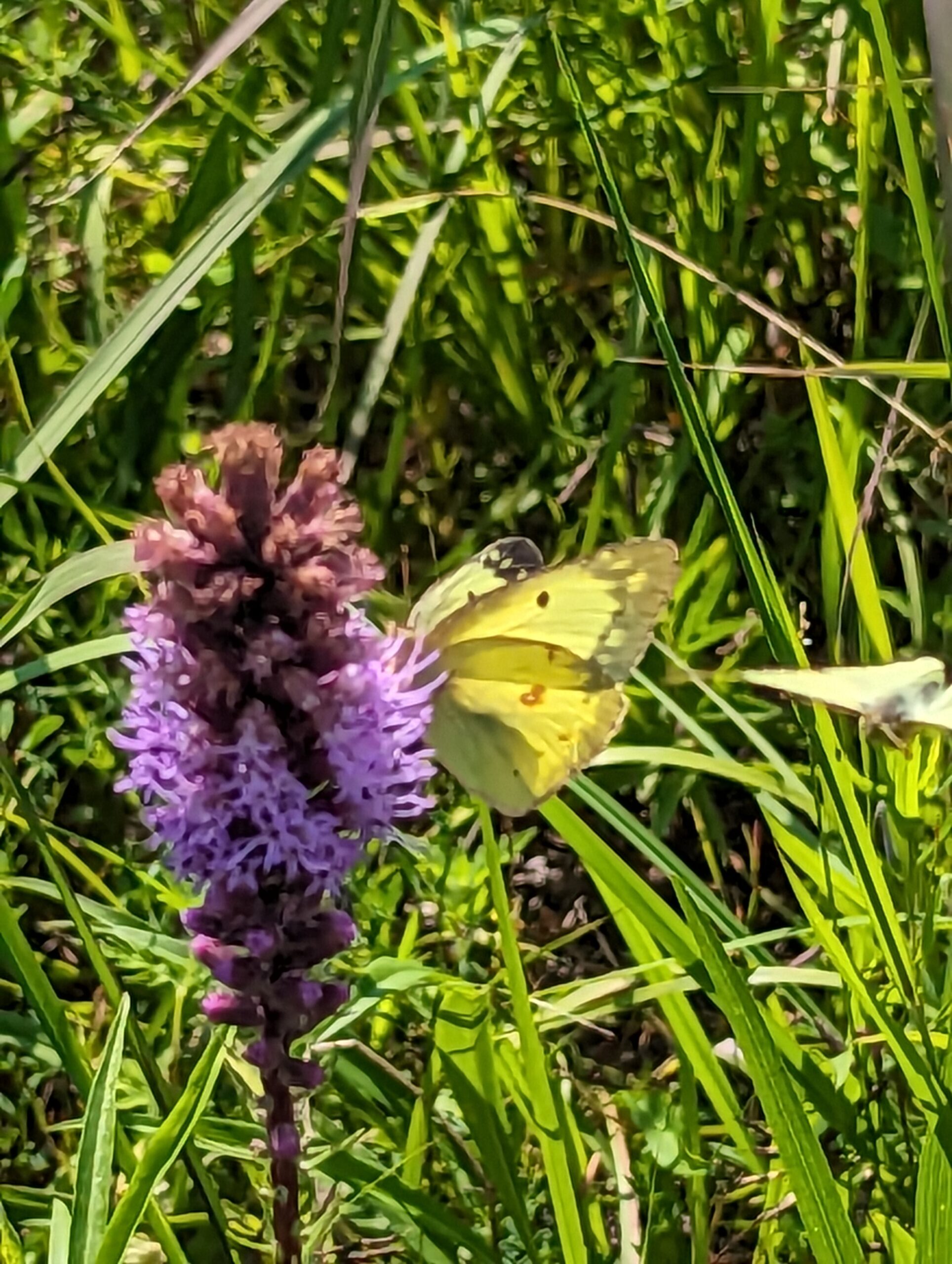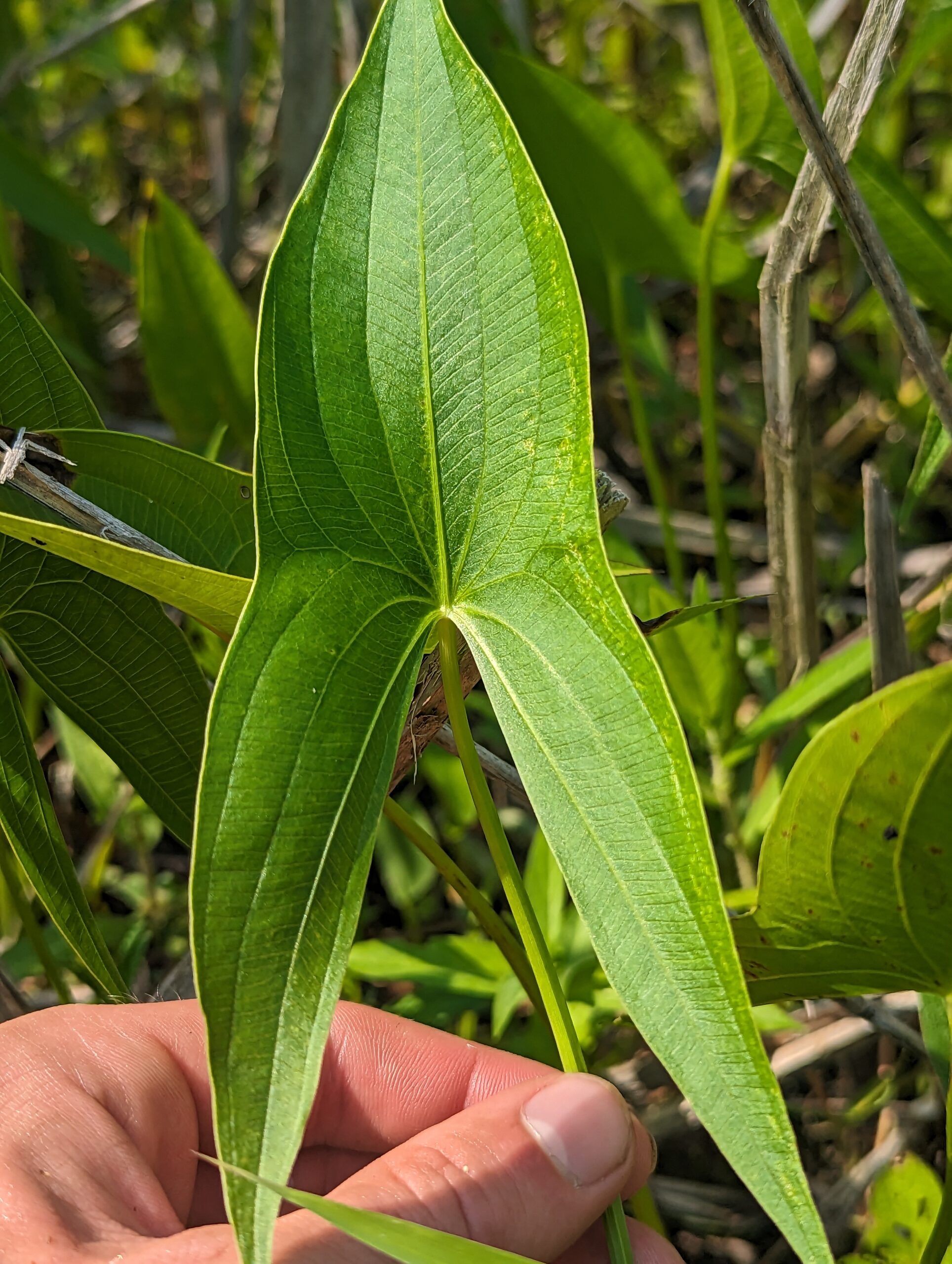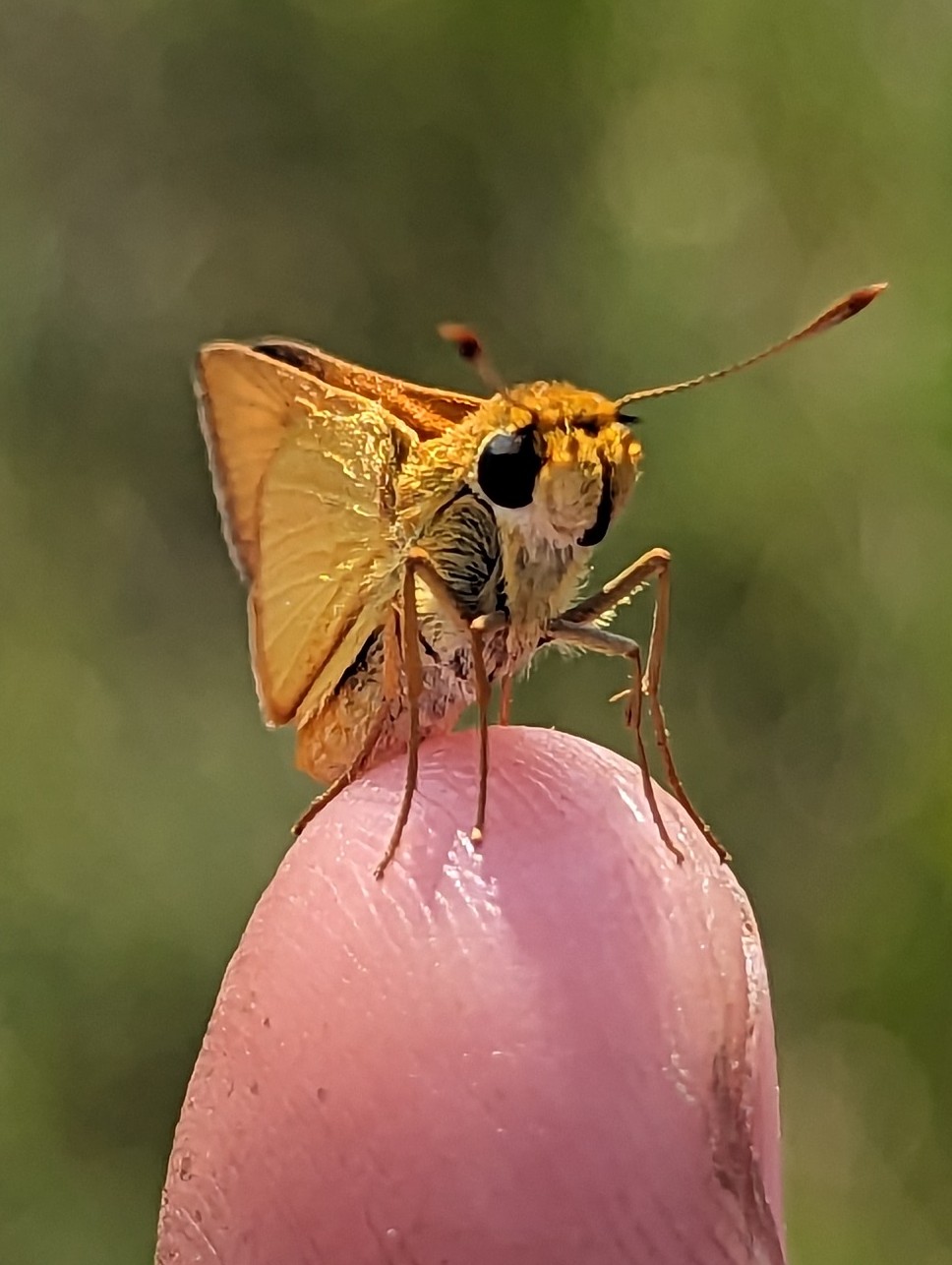

As I start to write this second blog post while sitting outside the office the Midewin ambience buzzes around me. Surrounding the main office is a cow pasture allotment ( One of the 50 or so lots we graze cattle on, for forest service profit), the cow pasture is an ecological refuge compared to the grotesque development encroaching the land adjacent to us. To the south, not far at all, I can sometimes get a whiff of Prairie View Landfill and the Exxon refinery to the north. Prairie View Landfill gives Illinois’ usually flat landscape some more intriguing topography, although it is probably not a fair trade for the smell of garbage. Surrounding Midewin is a plethora of warehouses, row crops (mostly corn and soy), suburban sprawl, parking lots, and industrial parks. I don’t mean to set the tone for pessimistic attitudes but I wanted to lay out the visual scene for people who are unfamiliar with Illinois and it’s unique approach to biosphere collapse. The prairie is rich with biodiversity and compared to the sterile conservative approach to landscaping and land management here in the Midwest, the prairie feels like a coral reef or an exotic land full of life.
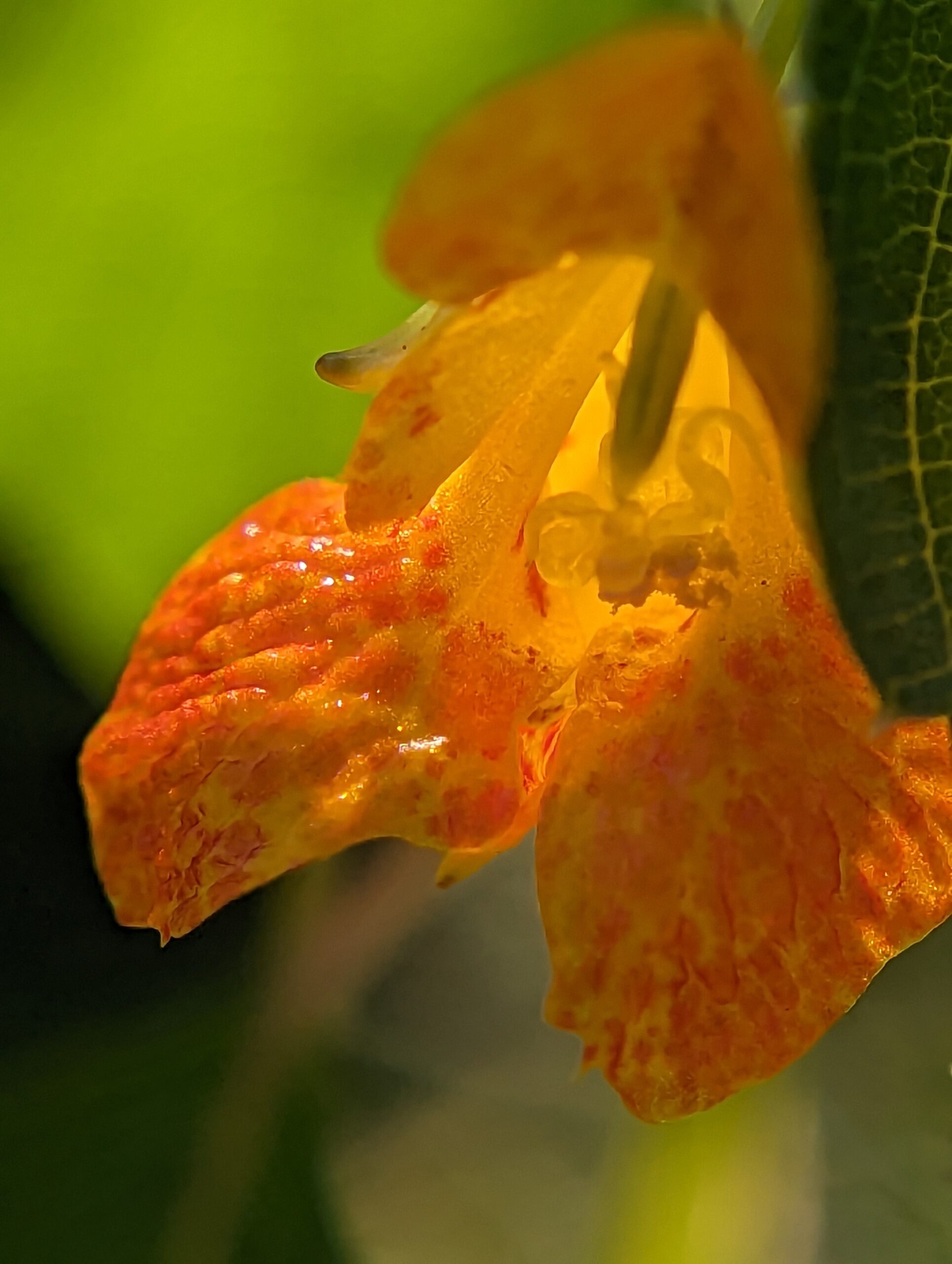
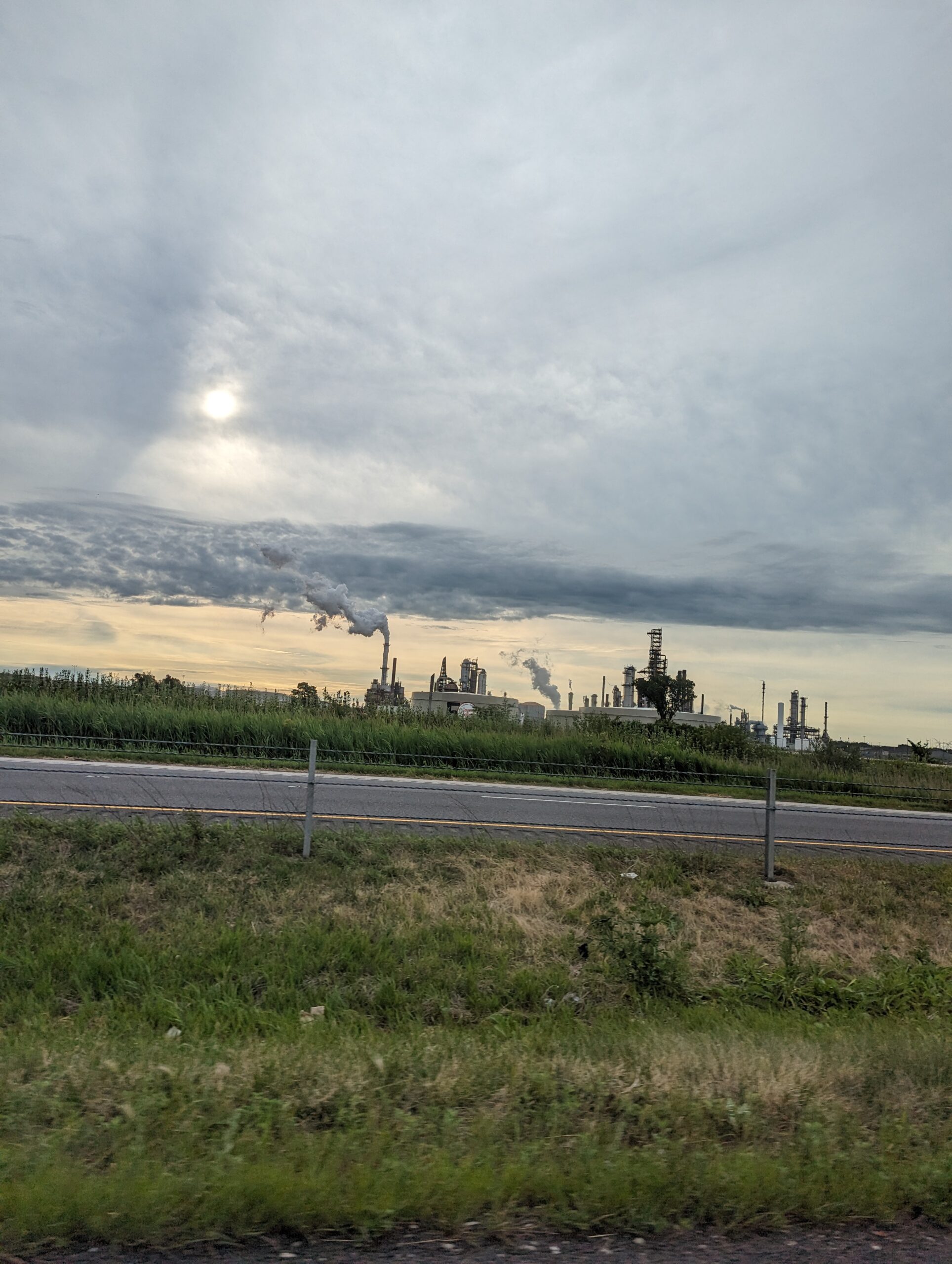
Living here all my life for 21 years I am astonished that is has taken me this long to truly experience the prairie, some residents here have never even seen one. The power struggle dynamics and lack of political will within the mission here can be quite saddening. I am glad a small number of people truly do put their heart and soul into the goal of bringing the prairie back. The integrity and strength to keep pushing for what’s right even when it seems like nobody understands what we are loosing and what we have already lost. It surprises me that a lot of people will know more about environmental issues across the world(Amazon rainforest) but they won’t be aware of any habitat loss of local ecosystems. Not to say we shouldn’t advocate for protection of land everywhere ( these things are not mutually exclusive) but I believe all ecosystems are equal in the grand scheme of things. The prairie and it’s hard working plants sequester tons of carbon and helps put organic matter back into the soil. How do we get people to care about native ecosystems if they haven’t even seen one in the first place? What type of incentives can we practice either personally or politically that would engage people in nature and ecology more? That being said I think even the people making insensitive decisions on the top of Exxon may not be complete demons, just confused, very very confused, human beings. I believe educating people, while remaining open and compassionate, is absolutely essential for restoration and native plant efforts. We can only move forward as much as we ALL move forward, and it’s hard not to get angry with the way things are and the lack of care from the general public. But I believe things will get better and people are increasingly more interested in learning when the opportunity presents itself.
I am very grateful for all the fellow CLM interns, it gives me comfort and restores some sanity knowing there are other people that feel passionate about native plants. Each one of the other interns is uniquely clever, intelligent, funny, and warm hearted and I couldn’t have asked for a better team:)


